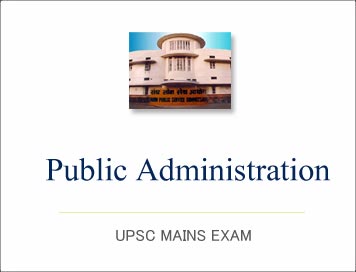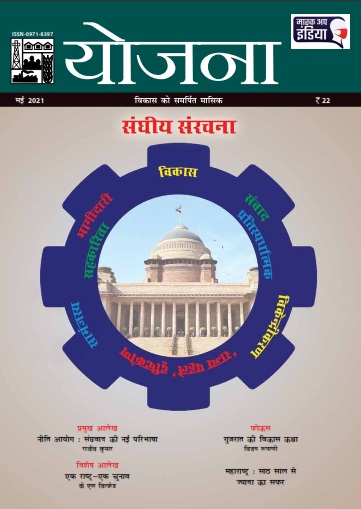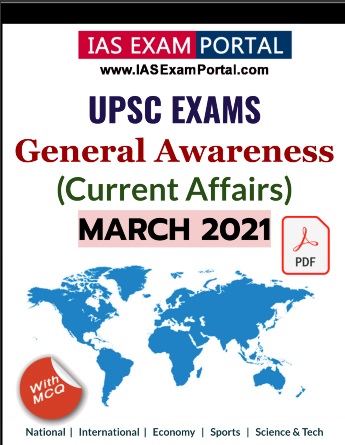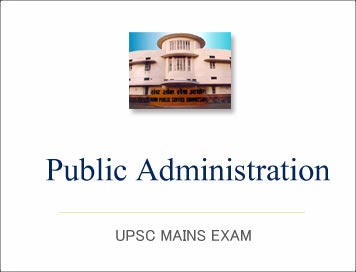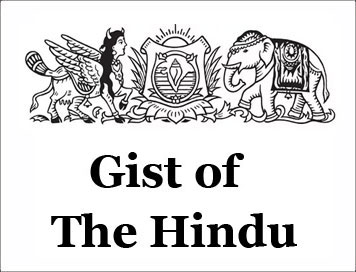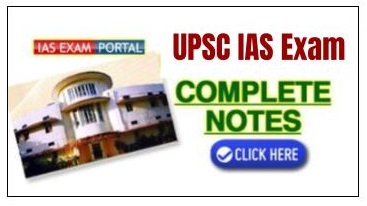
Sample Material of Current Public Administration Magazine
1. Accountability and Responsibility
-
When Central government hides behind the ‘system’
I have been desperately seeking your address to send these musings for your kind consideration and necessary perusal but nobody could say with certainty where you live. So, I chose the only alternative I could think of and that is to make an appeal to you so that you unmask yourself.
Of late, we have been hearing this refrain from various quarters that “the system has failed”, “the system has collapsed”, and that “the system” is to be blamed for the unprecedented pain and misery and loss of thousands of Indian lives. We have seen how the data about cases of infection are managed across states. We have also witnessed — helplessly — the wide gap between the numbers of deaths declared through the “system” and the bodies burning at the crematoriums. And then, we also have seen hundreds of bodies floating through different river streams — brazenly denied by the “system”. Article 21 of the Indian Constitution, which underlines the right to life, is gathering dust. So are scores of other issues relating to constitutional morality. The blatant arrogance of the most important people behind the fiction of the “system” during the Covid pandemic, particularly the second wave, shows that institutions of accountable and representative government have been turned into objects in a museum.
CLICK HERE FOR FULL ARTICLE (Only for Course Members)
2. Indian Government and Politics
-
The UP governance model needs to be challenged
Uttar Pradesh has the population the size of Brazil, and 80 LokSabha seats. But the nature of its potential dominance in Indian politics is not simply a function of size and demography. The national influence of UP politics is magnified when it is part of the hegemonic national dispensation, as it is currently. It is no accident that fear of UP domination abated when it was governed by local parties like the SP or BSP. But beyond party alignment, the nature of the political imagination driving UP politics also matters a great deal; the demographic dominance is magnified if it is aligned to an ideological project and a governance style that seeks to be nationally dominant.
We often speak loosely of the politics of the “Hindi heartland”. This might make sense as a crude contrast with the “South”. But this is a misnomer. There is the obvious fact that the nature of development and the social basis of politics in states like Rajasthan, UP, Bihar and MP is quite diverse. Conflating them is about as analytically useful as conflating Karnataka and Tamil Nadu. Amongst these states, what makes UP a special challenge is that its ideological influence on national politics is pervasive in a way that is not quite true of the other states. With the ascent of Yogi Adityanath in UP, this ideological configuration is coming into shape in a starkly chilling form that has great implications for national politics.
CLICK HERE FOR FULL ARTICLE (Only for Course Members)
3. Social Administration
-
Development with Beloning
Owing to the COVID-19 pandemic and the general global slowdown, unemployment has become a major concern worldwide. The state of Haryana, too, has been unable to escape the wrath of this economic crisis. However, as the world‘s economies struggle to bounce back, Haryana has been taking steady strides towards change and development.
CLICK HERE FOR FULL ARTICLE (Only for Course Members)
4. Current Topic
The second wave is a “top-up” crisis. With millions of families already in deep distress due to the first wave, we must look beyond the issue of oxygen and pay attention to abject hunger among the millions of people in the country.
Let’s start with the unfolding disaster, and contrast it to March and April of 2020. Last year, lack of food and rations was the big visible crisis. But this visibility was limited to migrants whom we could see and till the time they were in the larger cities, we were able to provide them food. As soon as they moved 100 km away, and even further into villages, they were out of our radar. As soon as they became invisible, their needs were largely ignored by governments, agencies and the media.
CLICK HERE FOR FULL ARTICLE (Only for Course Members)
4. Current Topic
-
National Archives of India
The National Archives of India (NAI) complex is slated for major changes under the Central Vista Project. Conflicting reports indicate that the heritage structure that is part of the National Archives complex will be retained but that additions to the original plot will be demolished later in the project. The lack of clarity around the plans for preservation, transfer and access of these national records is a cause for concern. While the Minister of Culture stated on Thursday that the government will “continue to keep the records safely,” his statement focuses on the retention of the heritage building, and does not mention the demolition of the Annexe building, which reportedly houses several public records, private papers, departmental records etc. This further highlights the need for public scrutiny.
CLICK HERE FOR FULL ARTICLE (Only for Course Members)
5. Indian Administration
-
Why citizen-led fact-finding missions have a role in democracy
The solicitor-general of India challenged five fact-finding reports conducted on the riots in Northeast Delhi in 2020 in the Delhi High Court on February 24. He argued that the citizen groups, which conducted the fact-finding, were examples of a self-constituted, extra-constitutional, “parallel judicial system”, that did not have any authority in law. They could not be relied upon by any formal judicial forum. He said that people cannot have their own fact-finding committees, they must go to a competent authority.

